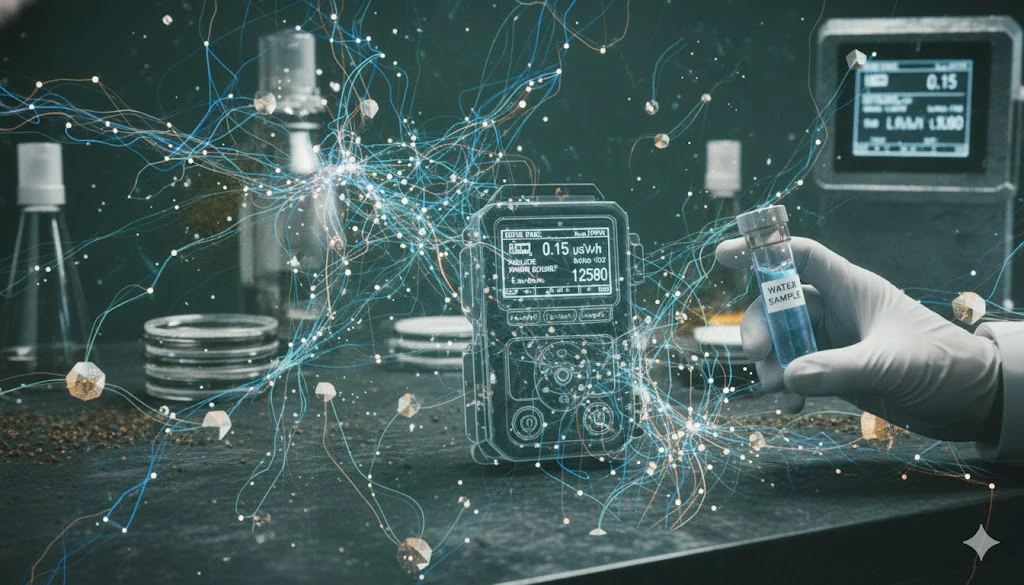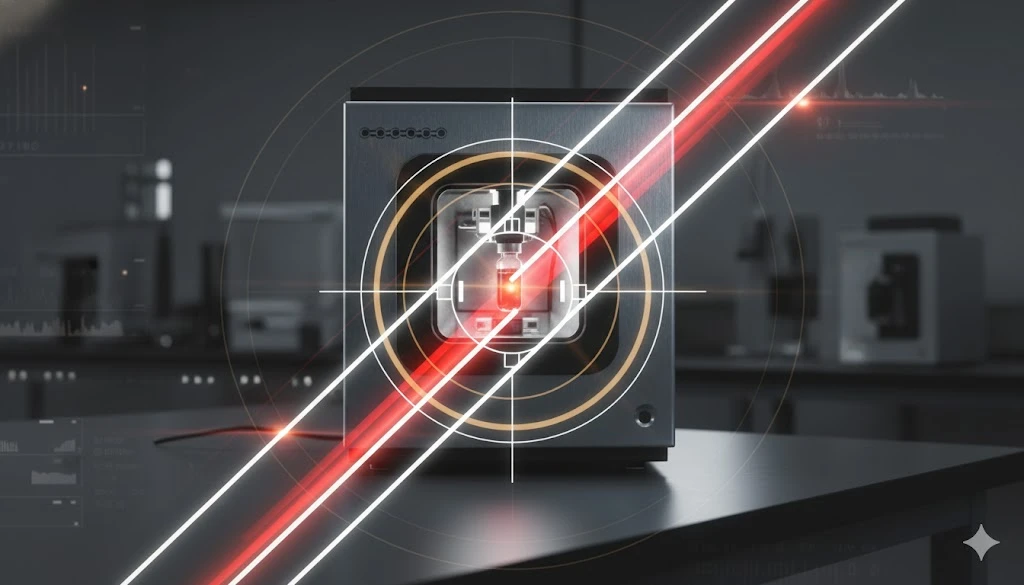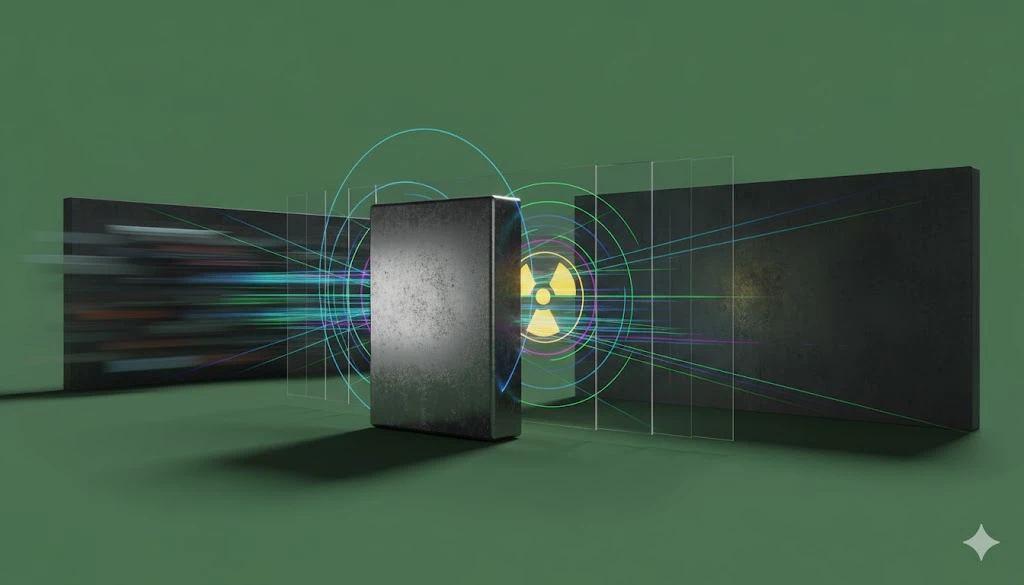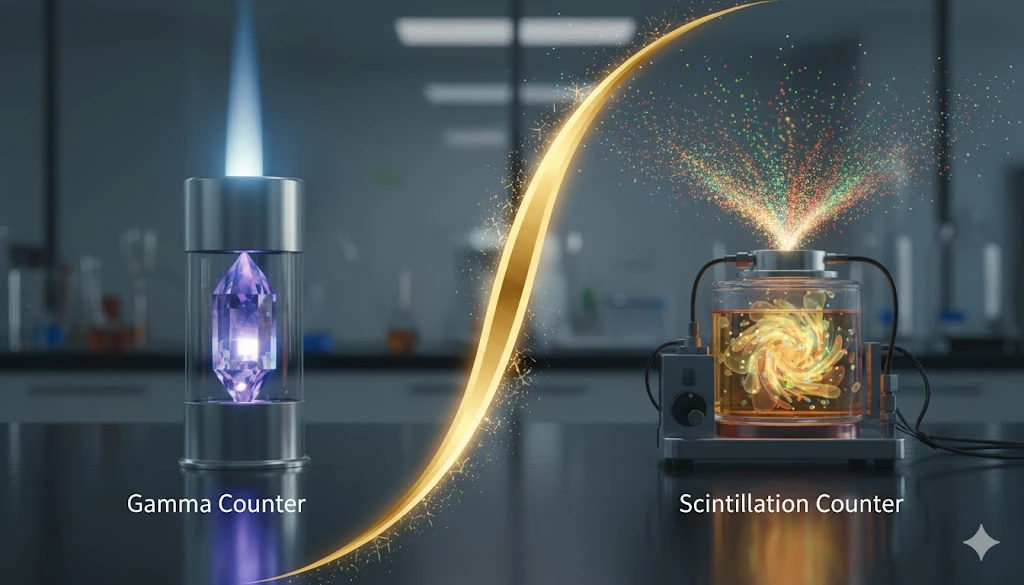Potentiostats in Materials Research: Investigating New Electrode and Electrolyte Chemistries for Next-Generation Batteries
For laboratory professionals dedicated to advancing battery technology, the pursuit of next-generation energy storage solutions hinges on the discovery and optimization of novel electrode and electrolyte materials. This critical work demands not only a deep understanding of electrochemical principles but also the ability to precisely control and measure electrochemical reactions at the atomic and molecular level. While integrated workstations offer comprehensive solutions, the potentiostat stands as the fundamental instrument, serving as the bedrock for virtually all electrochemical investigations in materials research. A potentiostat is a sophisticated electronic instrument that controls the potential difference between a working electrode and a reference electrode, allowing researchers to study the electrochemical behavior of materials under precisely defined conditions. Its unparalleled control over potential and current makes it indispensable for characterizing new chemistries, understanding reaction mechanisms, and predicting the performance of future battery components. This article will delve into the pivotal role of potentiostats in accelerating the development of next-generation battery materials. At its core, a potentiostat acts as the brain of an electrochemical experiment, enabling researchers to manipulate and monitor the electrical environment of a material. This precise control is crucial because the performance of battery electrodes and electrolytes is fundamentally governed by their electrochemical interactions. Without a potentiostat, it would be impossible to: Precisely control electrode potential: Essential for driving specific redox reactions and studying their kinetics. Accurately measure current response: Provides insights into reaction rates, charge transfer, and material capacity. Maintain stable conditions: Ensures that experiments are reproducible and reliable, critical for validating new materials. Apply complex electrochemical techniques: Many advanced characterization methods rely on the potentiostat's ability to switch between potential and current control modes rapidly and accurately. The potentiostat's ability to maintain a constant potential (potentiostatic control) or constant current (galvanostatic control) across a wide range of values makes it the go-to instrument for exploring the intricate electrochemical landscape of new battery materials. Potentiostats are the driving force behind a diverse array of electrochemical techniques, each offering unique insights into the properties of electrode and electrolyte materials: Cyclic Voltammetry (CV): Principle: Sweeps the potential of the working electrode linearly between two limits while measuring the resulting current. Application in Materials Research: Identifies redox potentials, assesses reaction reversibility, determines diffusion coefficients, and evaluates the stability window of electrolytes. Crucial for screening new active materials and understanding their fundamental electrochemical behavior. Insight Gained: Provides a "fingerprint" of electrochemical reactions, revealing phase transitions, charge storage mechanisms, and potential side reactions. Electrochemical Impedance Spectroscopy (EIS): Principle: Applies a small AC voltage perturbation over a range of frequencies and measures the impedance response. Application in Materials Research: Deconvolutes various resistive and capacitive elements within the electrode-electrolyte interface and bulk materials. Essential for characterizing solid electrolyte interphases (SEI), charge transfer kinetics, and ionic conductivity of electrolytes. Insight Gained: Quantifies internal resistances, identifies rate-limiting steps, and monitors degradation mechanisms in new materials without destructive analysis. Chronoamperometry and Chronopotentiometry: Principle: Applies a constant potential (chronoamperometry) or constant current (chronopotentiometry) and measures the resulting current or potential response over time. Application in Materials Research: Used to determine diffusion coefficients, study nucleation and growth processes, and evaluate the stability of electrode materials under specific conditions. Insight Gained: Provides direct kinetic information and helps characterize mass transport phenomena in novel battery systems. Galvanostatic Intermittent Titration Technique (GITT) & Potentiostatic Intermittent Titration Technique (PITT): Principle: Applies short current (GITT) or potential (PITT) pulses followed by open-circuit relaxation periods. Application in Materials Research: Specifically designed to measure the chemical diffusion coefficient of ions (e.g., Li+, Na+) within electrode materials. Critical for understanding how quickly ions can intercalate/deintercalate. Insight Gained: Provides crucial data for predicting rate capability and power density of new electrode materials. These techniques, precisely controlled by a potentiostat, form the backbone of material characterization, allowing researchers to systematically evaluate and compare the electrochemical performance of new compounds. The development of next-generation electrodes is paramount for achieving higher energy density and power output in batteries. Potentiostats are central to this endeavor, enabling: Synthesis and Characterization of Novel Active Materials: Researchers use potentiostats to perform cyclic voltammetry on new compounds to identify their redox potentials and assess their suitability as anode or cathode materials. This helps in understanding their charge storage mechanisms and reversibility. Optimization of Electrode Architectures: By applying techniques like EIS, scientists can study the impact of different binders, conductive additives, and electrode fabrication methods on charge transfer resistance and overall impedance. Surface Modification Studies: Potentiostats are used to investigate surface coatings and treatments designed to improve stability, reduce side reactions, and enhance ion transport at the electrode-electrolyte interface. CV and EIS are particularly useful here. Long-Term Cycling and Stability: While integrated workstations excel at high-throughput cycling, potentiostats provide the precise control needed for in-depth, long-term galvanostatic cycling tests on individual cells to evaluate capacity retention and degradation mechanisms of new electrode materials. The precise control offered by a potentiostat allows for the meticulous study of how new electrode materials behave under various charging and discharging conditions, accelerating the path from discovery to application. Electrolytes are equally critical to battery performance, influencing ion transport, safety, and cycle life. Potentiostats play a vital role in their development: Electrolyte Stability Window Determination: CV is extensively used to determine the electrochemical stability window of new liquid, solid, or gel electrolytes, identifying the potentials at which the electrolyte itself begins to decompose. This is crucial for safe operation. Ionic Conductivity Measurement: EIS is a primary technique for measuring the ionic conductivity of new electrolyte formulations, including liquid electrolytes, polymer electrolytes, and solid-state electrolytes. High ionic conductivity is essential for efficient ion transport. Interfacial Compatibility Studies: Potentiostats facilitate experiments to study the formation and stability of the solid electrolyte interphase (SEI) layer on electrode surfaces when exposed to new electrolytes. EIS provides detailed insights into SEI resistance and growth. Corrosion and Side Reaction Analysis: Chronoamperometry and potentiodynamic scans can be used to investigate corrosion phenomena and unwanted side reactions between electrode materials and novel electrolyte components, helping to identify and mitigate issues. By providing precise control over the electrochemical environment, potentiostats enable researchers to thoroughly evaluate the performance, stability, and safety of new electrolyte chemistries, paving the way for safer and more efficient batteries. The fundamental advantage of using a potentiostat in materials research lies in its ability to deliver unparalleled precision and reproducibility. Every experiment can be executed under identical, controlled electrochemical conditions, minimizing experimental variability and ensuring that results are reliable and comparable. This precision is critical for: Accurate Material Comparison: Directly comparing the performance of different material compositions or synthesis methods. Mechanism Elucidation: Unraveling complex electrochemical reaction pathways and identifying rate-limiting steps. Predictive Modeling: Generating high-quality data that can be used to validate and refine theoretical models of battery behavior. Accelerated Iteration: Rapidly testing and validating new hypotheses about material performance, leading to faster design cycles and quicker identification of promising candidates. In the fast-paced world of battery development, the potentiostat is not just an instrument; it's an enabler of scientific rigor, allowing researchers to move from hypothesis to validated material with greater confidence and speed. The quest for next-generation batteries with superior performance and safety characteristics is fundamentally driven by breakthroughs in materials science. At the heart of this innovation lies the potentiostat, an indispensable tool that provides the precise electrochemical control necessary to investigate, characterize, and optimize new electrode and electrolyte chemistries. From unraveling complex reaction mechanisms with cyclic voltammetry to quantifying ion diffusion with GITT, the potentiostat empowers laboratory professionals to gain deep insights into material behavior. By ensuring unparalleled precision, reproducibility, and the ability to execute a vast array of electrochemical techniques, potentiostats are not just instruments—they are the critical engines powering the discovery and development of the advanced materials that will define the future of energy storage. A1: A potentiostat's primary function is to precisely control the potential difference between electrodes and measure the resulting current, enabling detailed electrochemical characterization of new electrode and electrolyte materials for next-generation batteries. A2: Potentiostats enable researchers to identify redox potentials, optimize electrode architectures, study surface modifications, and conduct long-term cycling tests on novel electrode materials using techniques like Cyclic Voltammetry (CV) and Electrochemical Impedance Spectroscopy (EIS). A3: Potentiostats are crucial for determining electrolyte stability windows, measuring ionic conductivity, studying interfacial compatibility (e.g., SEI formation), and analyzing side reactions of new electrolyte formulations using techniques like EIS and Chronoamperometry. A4: Precision and reproducibility from a potentiostat ensure reliable and comparable experimental results, which is vital for accurately comparing new materials, elucidating reaction mechanisms, validating predictive models, and accelerating the iterative process of battery material discovery.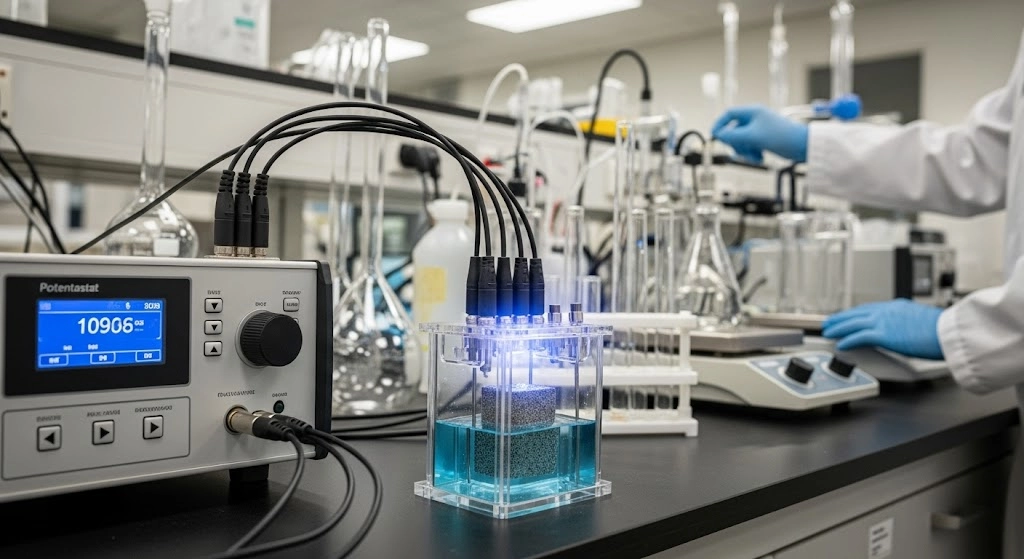
The Indispensable Role of the Potentiostat in Electrochemical Control
Key Electrochemical Techniques Driven by Potentiostats
Investigating New Electrode Chemistries with Potentiostats
Advancing Electrolyte Chemistries with Potentiostats
Precision, Reproducibility, and Accelerated Discovery
Conclusion: Potentiostats - Powering the Future of Battery Materials
FAQ
Q1: What is the primary function of a potentiostat in battery materials research?
Q2: How do potentiostats help in investigating new electrode chemistries?
Q3: What role do potentiostats play in advancing electrolyte chemistries for batteries?
Q4: Why is precision and reproducibility important when using a potentiostat in materials research?


